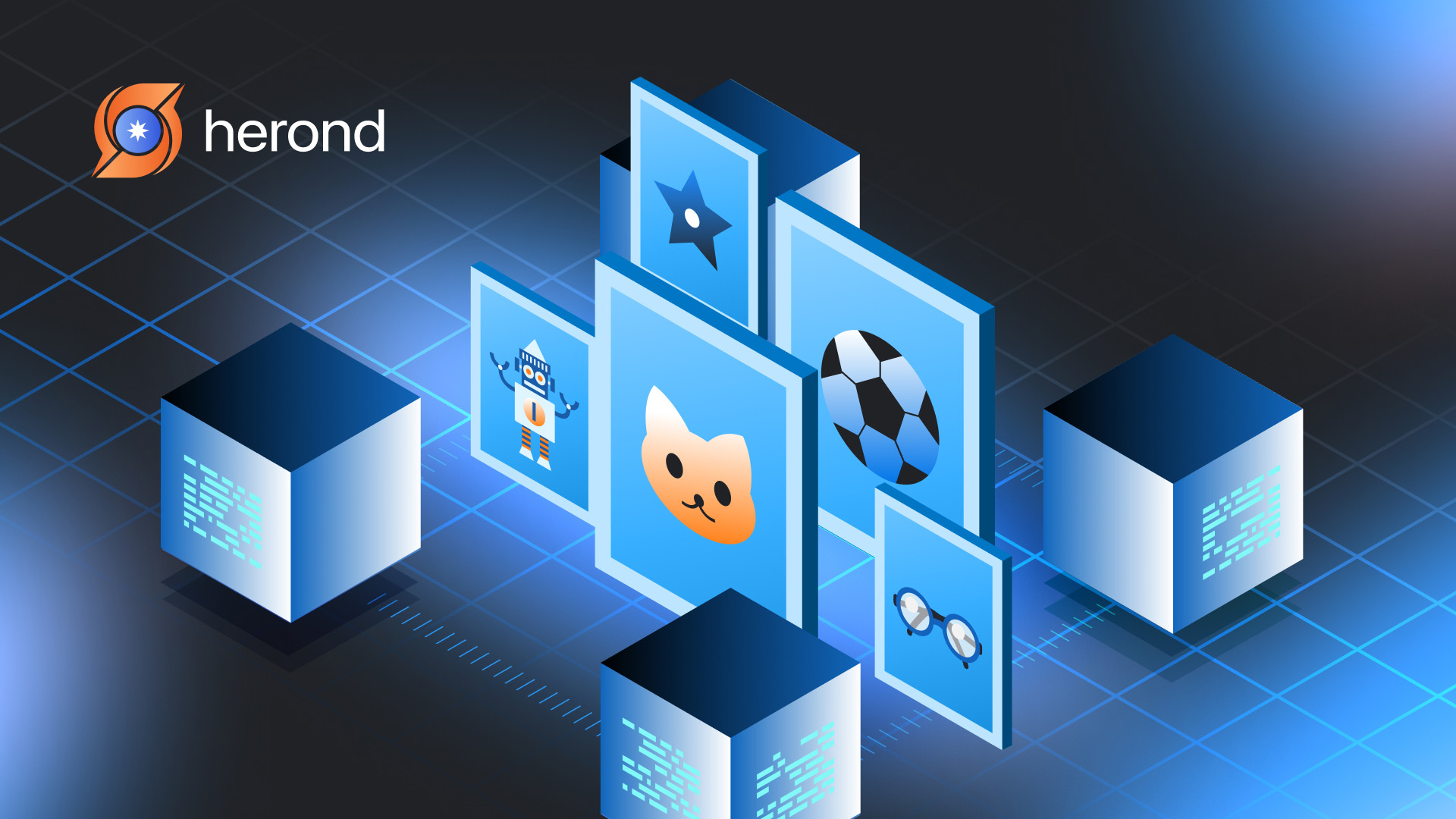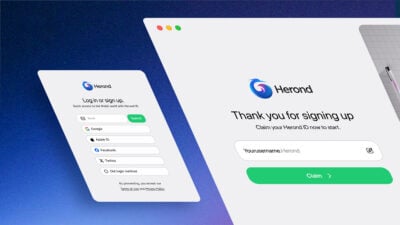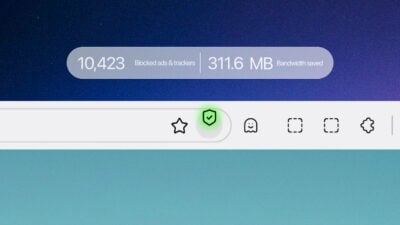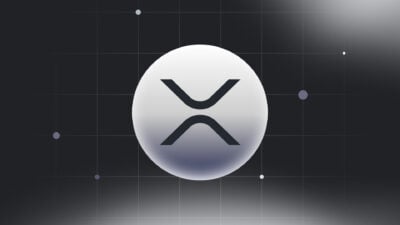Apart from traditional artworks, nowadays there is a new form of art, which is so-called NFT art. It is stated that NFT art has had profound impacts on the art world, transforming how art is created, consumed, and valued in the digital age.
This article will drive you into a new world of NFT Art to understand its impacts and ways to create NFT Art. Also, we discuss main differences between NFT and Traditional Art.
What is NFT Art?
NFT art refers to digital artwork that is tokenized and represented as non-fungible tokens (NFTs) on a blockchain.
NFT Art Vs. “Traditional Art”: Key Differences
Here are some main differences between NFT Artwork and Traditional Artwork:
| Aspects | NFT Art | Traditional Art |
| Form | Digital form | Physical objects |
| Ownership and Transferability | Recorded on a blockchain, providing a secure and immutable record of ownership | Represented by physical possession of the artwork or by legal documentation |
| Scarcity and Editions | Created in limited editions, with artists minting a specific number of tokens for each artwork | Produced in limited editions, with artists creating a set number of copies or prints |
| Monetization and Royalties | Through sales of NFTs on online marketplaces and platforms | Through galleries, exhibitions, auctions, or private sales. |
| Accessibility and Display | Accessible through online platforms and marketplaces | Displayed in physical galleries, museums, homes, or public spaces, limiting access to those who can physically visit the location |
Impacts of NFT Art in The Art World

The emergence of NFT (Non-Fungible Token) artworks has had profound impacts on the traditional art world, reshaping the landscape in several ways:
Digital Art Recognition
NFT art has propelled digital art into the mainstream art scene, garnering recognition and legitimacy for digital artists who were previously overlooked or marginalized. This newfound acceptance has led to greater diversity and inclusivity in the art world, as digital artists gain recognition for their innovative creations.
Monetization Opportunities
NFTs have provided digital artists with new avenues for monetizing their work. By tokenizing their art on blockchain platforms, artists can sell their pieces directly to collectors, bypassing traditional gatekeepers such as galleries and auction houses. Additionally, NFTs enable artists to earn royalties on secondary sales, providing them with ongoing revenue streams.
Democratization of Art
NFT art has democratized the art market, making it more accessible to a broader audience. With digital artworks available for purchase and display online, collectors no longer need to visit physical galleries or auctions to acquire art. This accessibility has opened up the art world to new audiences, including younger generations and individuals outside of traditional art hubs.
NFT Art Marketplaces
At the present, there are many NFT Art marketplaces globally. These marketplaces are divided into two main types including public and specialized marketplace. Here are some examples of NFT Art marketplaces in each category.
Public Marketplaces
- OpenSea: OpenSea is one of the largest and most popular NFT marketplaces, offering a wide range of digital collectibles. They can include art, music, domain names, virtual real estate, and more. Artists can create and list their NFTs on OpenSea, reaching a global audience of collectors and enthusiasts.

- Rarible: Rarible is a decentralized NFT marketplace that allows artists to mint, buy, and sell NFTs without any coding knowledge. Artists can create customizable NFTs using Rarible’s platform and earn royalties on secondary sales of their artwork.

Specialized Marketplaces
- SuperRare: SuperRare is a curated NFT platform that showcases digital art by leading artists from around the world. Artists can apply to become creators on SuperRare and list their limited edition digital artworks for sale through auctions. Specifically, SuperRare is a high-end NFT art marketplace that positions itself in the NFT ecosystem as an art gallery. This marketplace does not accept “meme style” NFTs, and it is highly selective with NFT submissions.

- Digital Basel: Digital Basel is a platform focusing on high-end NFT art. In order to enter this platform, artists need to go through different strict application rounds to get selected.

How to Create an NFT Art: A Step-by-Step Guide
Here’s a general guide on how to create an NFT art:
Step 1: Create Your Digital Artwork
Start by creating your digital artwork using digital art software. For example, Adobe Photoshop, Illustrator, Procreate, or any other digital art tool of your choice.
Your artwork can be in various forms, including illustrations, paintings, animations, 3D models, generative art, or any other digital medium.
Step 2: Prepare Your Artwork Files
Once your artwork is complete, ensure that it meets the technical requirements of the platform where you plan to mint your NFT.
Then, save your artwork files in a high-quality digital format, such as PNG, JPEG, GIF, or MP4, depending on the type of artwork you have created. Moreover, you can consider creating multiple versions or variations of your artwork to offer collectors different options or editions.
Step 3: Choose an NFT Marketplace or Platform
Research and choose an NFT marketplace or platform where you want to mint and sell your NFT art. Some popular options include OpenSea, Rarible, Foundation, SuperRare, and Nifty Gateway. Each platform may have its own requirements, fees, and processes for minting and selling NFTs, so be sure to familiarize yourself with the platform’s guidelines.
Step 4: Set Up Your Wallet
To mint and sell NFTs, you will need a cryptocurrency wallet that supports the blockchain network used by the NFT platform (e.g., Ethereum for most platforms, Solana, etc.).
Create or connect your cryptocurrency wallet to the NFT platform where you plan to mint your artwork. Ensure that your wallet is funded with enough cryptocurrency to cover any associated fees.
Step 5: Mint Your NFT
Once you have chosen a platform and set up your wallet, you can start the minting process.
Follow the platform’s instructions for minting NFTs, which typically involve uploading your artwork files, adding metadata (e.g., title, description, tags), and setting any additional parameters (e.g., royalty percentages, unlockable content).
Pay any associated fees required for minting your NFT on the blockchain.
Step 6: List Your NFT for Sale
After minting your NFT, you can list it for sale on the marketplace.
Set your desired price or choose to auction your NFT. Some platforms also allow you to offer your NFT as a fixed-price listing or through a Dutch auction.
Provide relevant information about your artwork, such as its inspiration, creation process, and any additional details that may interest potential buyers.
Step 7: Promote Your NFT Art
Promote your NFT artwork through social media, online communities, artist networks, and any other channels where you can reach potential collectors.
Engage with your audience, share behind-the-scenes insights into your creative process, and build a connection with collectors who appreciate your work.
Conclusion
In summary, NFT art has brought about significant changes in the art world, empowering digital artists, democratizing access to art, and redefining how art is created, bought, and sold. As the NFT market continues to evolve, its impacts on the art world are likely to grow, influencing artistic practices, market dynamics, and collector behaviors in the years to come.
About Herond Browser
Herond Browser is a Web browser that prioritizes users’ privacy by blocking ads and cookie trackers, while offering fast browsing speed and low bandwidth consumption. Herond Browser features two built-in key products:
- Herond Shield: an adblock and privacy protection tool;
- Herond Wallet: a multi-chain, non-custodial social wallet.
Herond aims at becoming the ultimate Web 2.5 solution that sets the ground to further accelerate the growth of Web 3.0, heading towards the future of mass adoption.
Join our Community!







